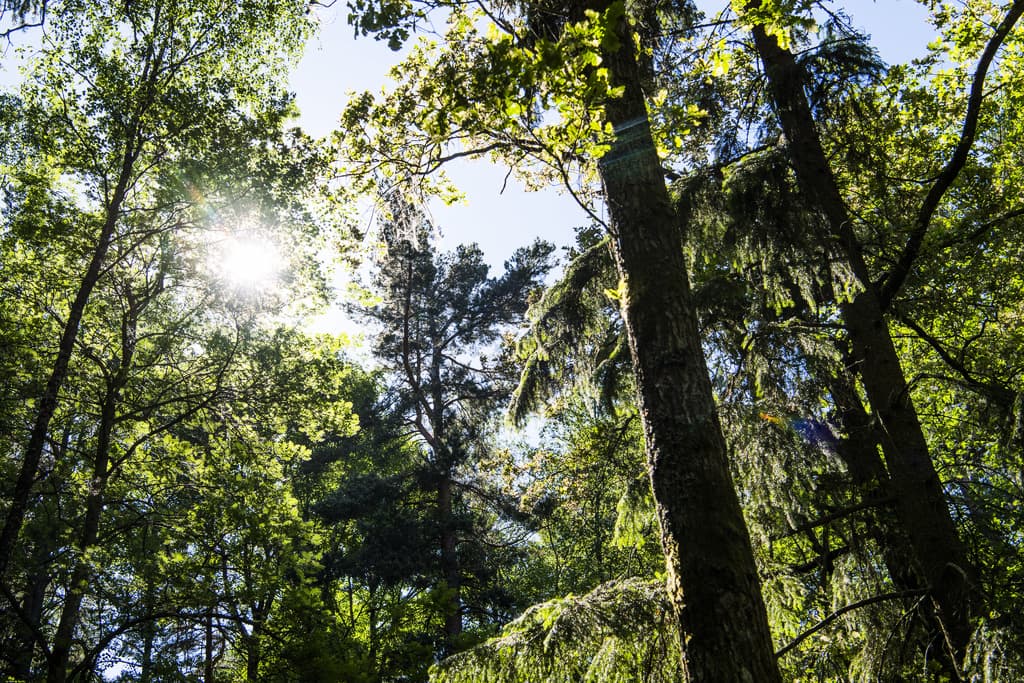Trees cannot only absorb carbon dioxide from the air. Now, researchers at Linköping University and the University of Birmingham have discovered that microorganisms in tree bark can absorb the even more potent greenhouse gas methane.
So far, it has been believed that only bacteria in the soil capture and break down methane, apart from the decomposition that occurs in the atmosphere.
The discovery, which was published in the journal Nature earlier this summer, means that the climate benefit of trees is 10 percent higher than previously thought, the researchers estimate.
Different types of forests
Markku Rummukainen, professor of climatology at Lund University, has read the study and thinks it is "solid".
"It includes measurements in both tropical forests, deciduous forests, and boreal forests, including in Sweden. All of them captured methane, but the effect was greatest in tropical forests", he writes to TT.
The fact that trees in the tropics absorbed the most methane is likely due to the microorganisms thriving in moisture and heat.
High up on the trunk
The new findings suggest that forest destruction accelerates climate change more than previously known, according to Patrik Vestin, a researcher in physical geography at Lund University, who did not participate in the study.
"It increases the importance of combating deforestation and both preserving and increasing the amount of forest, as a complement to reducing emissions", Vestin writes to TT.
The study includes measurements in tropical forests in Amazonas, deciduous forests in the UK, and coniferous forests in Swedish Skogaryd outside Vänersborg.
The researchers analyzed the methane exchange between the atmosphere and tree bark at different heights. At ground level, the bark emitted small amounts of methane, but higher up on the trunk, the gas was captured.





